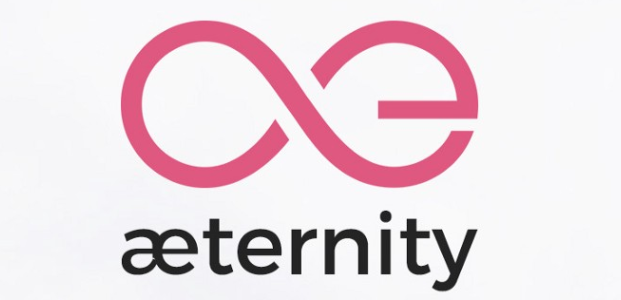
On April 3rd, I happened to be Googling digital currencies and blockchain innovations when I came across the Æternity website and skimmed their white paper. The project is ambitious, like many crypto projects, but seems well organised. The team is well known in the space. There is a clear plan to develop the project and create a blockchain technology that, if successful, could bring a step change in the use of digital currencies for high volume low value transactions, and the viable implementation of smart contracts.
The ICO
To my surprise, I realised that phase 1 of the Initial Coin Offering (ICO) was about to begin, and if I wanted I could acquire the rights to Æons (the Æternity token). During phase 1, 1 ETH would purchase 1100 Æons. In early April 2017, 1 ETH was worth about £38.
I was willing to make a small and risky investment, but in order to do that I would need to work out how to convert my conventional Sterling into Bitcoin or Ether, in order to then purchase Æons. The Æternity website made it super easy to set up an Etherium wallet, and to use that wallet to invest in the Æternity project, but buying Ether immediately and putting it in my new wallet proved to be challenging.
Helpfully, the Æternity project had partnered with the Swiss firm 'Bitcoin Suisse AG' who would directly convert to Æons from fiat currencies, cutting out the need to purchase an intermediate digital currency. However once I'd completed the identity checks and signed, scanned and sent the multiple forms, I realised I'd need to pay a 'signing on' fee of about £70. To Bitcoin Suisse' credit though, they did manually approve my identification and contract within an hour.
At the time, I thought the project would still be a good investment even with this extra cost, but I determined to exhaust all other possibilities first. I'm familiar with cryptocurrency wallets and public/private keys due to some previous research, so I was able to immediately begin trying to set up an account with an exchange.
Exchanges
What followed was a fairly chaotic few hours where I would sign-up to several exchanges and see how close I could get to purchasing either Bitcoin or Ether immediately, before realising I either had to wait 48 hours for security clearances, or provide additional details, or wait for manual verification of my scanned identity documents.
By the end of the evening I had a rough idea of which usernames, passwords and (small) sterling amounts had been submitted to each exchange.
After a couple of false starts, I used a combination of the Coinbase desktop website and their iOS app to purchase ETH up to their weekly limit, and then used multiple cards to increase my holding of ETH. The Coinbase app would bug out when processing a debit card payment and verifying the card details with the bank. This had initially led me to try other exchanges, where I would hit other roadblocks and delays. CEX.IO, for example, doesn't allow you to make trades in the first 48 hours (IIRC) after registering, which is reasonable enough unless you're in a hurry.
Conclusion
Once I had a few Ether to my name, the rest of the process was simple. I was delighted to visit Etherscan.io and view the details of my Etherium - Æternity transactions almost immediately. This gave me a lot of confidence that I hadn't sent money into a void, and was a nice contrast to my (successful) experience buying bitcoin in early 2014.
Finally, the simple tool to check your Æ balance at the bottom of Eternity's contribution page assured me that I'd made my investment successfully. To me, the Æternity project stands as an exciting endeavor seeking to solve some widespread and highly valuable technical challenges, I hope they're successful and wish them well.